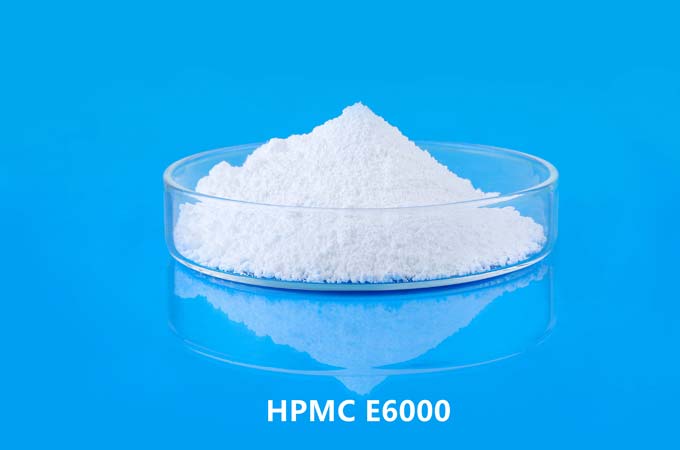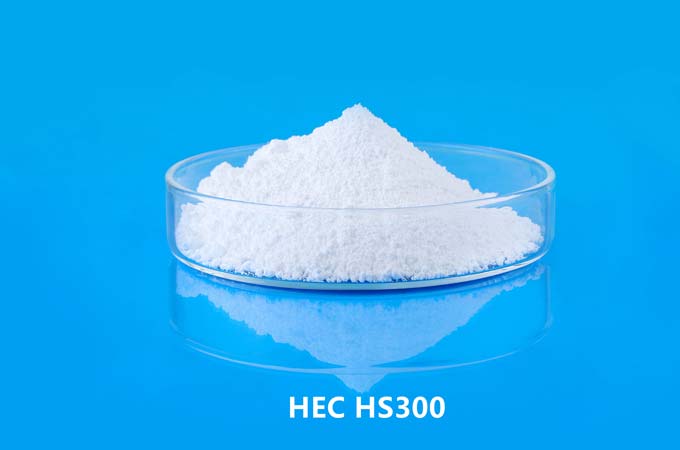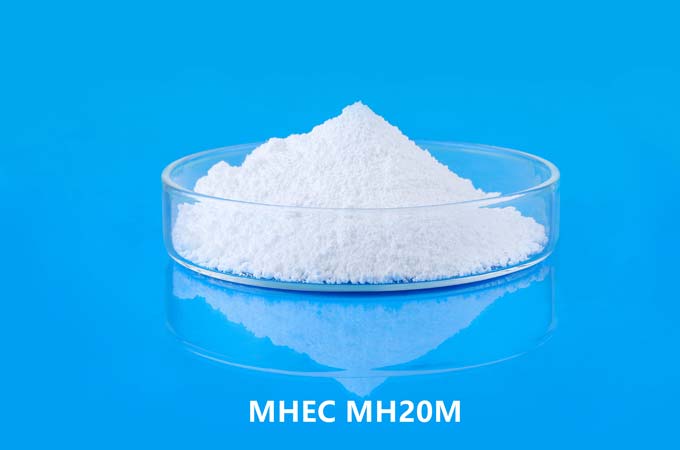Hydroxypropyl Methylcellulose (HPMC) is a vital component in various industries, including pharmaceuticals, construction, and coatings. In coatings, HPMC serves multiple purposes, ranging from viscosity modification to enhancing film formation and providing stability. Furthermore, it discusses its applications in different types of coatings, such as architectural, industrial, and automotive coatings, highlighting its importance in achieving desired performance characteristics. Understanding the role of HPMC in coatings is crucial for formulators and researchers to optimize coating formulations and meet the evolving needs of various industries.
Coatings play a pivotal role in protecting and enhancing the aesthetics of various substrates, ranging from architectural structures to automotive surfaces. The formulation of coatings involves a complex interplay of ingredients to achieve desired properties such as adhesion, durability, and appearance. Among the multitude of components used in coatings, Hydroxypropyl Methylcellulose (HPMC) stands out as a versatile additive that contributes to the performance and functionality of coatings.
HPMC, a semi-synthetic polymer derived from cellulose, has gained widespread use in numerous industries due to its unique properties, including water solubility, film-forming ability, and rheological modification. In coatings, HPMC serves several essential functions, ranging from controlling viscosity to enhancing film formation and providing stability. This paper aims to elucidate the role of HPMC in coatings, exploring its chemical structure, properties, mechanisms of action, and applications across different coating types.
Chemical Structure and Properties of HPMC:
Hydroxypropyl Methylcellulose (HPMC) is synthesized through the chemical modification of cellulose, a natural polymer obtained from plant sources such as wood pulp and cotton. The modification involves etherification of cellulose with propylene oxide and methyl chloride, leading to the introduction of hydroxypropyl and methyl groups onto the cellulose backbone. This modification imparts unique properties to HPMC, making it soluble in water and organic solvents while retaining the biodegradability and non-toxic nature of cellulose.
The chemical structure of HPMC consists of repeating units of anhydroglucose linked by β-(1→4) glycosidic bonds, with hydroxypropyl and methyl groups attached to the hydroxyl moieties of the glucose units. The degree of substitution (DS) of hydroxypropyl and methyl groups varies depending on the synthesis process, resulting in a wide range of HPMC grades with distinct properties such as viscosity, solubility, and thermal stability.
HPMC exhibits excellent film-forming properties, forming transparent and flexible films upon drying. The film-forming ability is attributed to the hydrogen bonding interactions between hydroxypropyl and methyl groups, which promote cohesive forces within the polymer matrix. Additionally, HPMC imparts pseudoplastic behavior to coatings, wherein the viscosity decreases under shear stress, facilitating ease of application and leveling.
HPMC is hygroscopic, capable of absorbing and retaining water molecules, which is advantageous in coatings formulations requiring moisture regulation and improved adhesion to substrates. The water retention capability of HPMC also contributes to prolonged open time, allowing sufficient time for leveling and film formation before drying.
Mechanisms of Action in Coatings:
The incorporation of HPMC into coatings imparts several beneficial effects, primarily attributed to its rheological and film-forming properties. The mechanisms of action of HPMC in coatings can be categorized into viscosity modification, film formation, stabilization, and water retention.
Viscosity Modification: One of the key functions of HPMC in coatings is viscosity modification. As a hydrophilic polymer, HPMC exhibits thickening properties when dispersed in water or organic solvents. The thickening effect is attributed to the entanglement of HPMC chains and the formation of a three-dimensional network structure, which impedes the flow of the coating formulation. The viscosity of HPMC solutions is influenced by factors such as polymer concentration, molecular weight, degree of substitution, and shear rate. By controlling the viscosity, HPMC enables the formulation of coatings with the desired application properties, such as brushability, sprayability, and sag resistance.
Film Formation: HPMC, such as HPMC K15, plays a crucial role in film formation during the drying process of coatings. Upon application, HPMC forms a continuous film as the solvent evaporates, encapsulating the pigments and other solid components of the coating formulation. The film-forming ability of HPMC is attributed to the formation of hydrogen bonds between polymer chains and cohesive interactions within the polymer matrix. The resulting film exhibits excellent adhesion to various substrates, flexibility, and resistance to cracking and chipping. Moreover, HPMC contributes to the uniform distribution of pigments and additives within the film, enhancing the appearance and performance of the coating.
Stabilization: In addition to viscosity modification and film formation, HPMC serves as a stabilizing agent in coatings formulations. The presence of HPMC prevents the settling of pigments, fillers, and other solid components, thereby ensuring homogeneity and uniformity of the coating. The steric hindrance effect exerted by HPMC chains prevents particle aggregation and sedimentation, maintaining the stability of the formulation during storage and application. This property is particularly beneficial in high-solid and low-VOC (volatile organic compound) coatings, where the reduction of solvent content increases the risk of particle settling and phase separation.
Water Retention: Another significant contribution of HPMC to coatings is its ability to retain water within the formulation. HPMC molecules form a hydrophilic matrix that traps water molecules through hydrogen bonding and capillary action. The retained water facilitates the hydration and swelling of HPMC chains, promoting the mobility and coalescence of polymer particles during film formation. The presence of water also prolongs the drying time of coatings, allowing for adequate leveling and defect elimination. Furthermore, water retention enhances the adhesion of coatings to substrates by promoting interfacial bonding and reducing the risk of solvent entrapment and blistering.
Applications in Different Types of Coatings:
HPMC finds widespread applications in various types of coatings, catering to the diverse needs of industries such as construction, automotive, aerospace, and marine. The versatility of HPMC allows its incorporation into solvent-based, water-based, and powder coatings, offering formulators flexibility in achieving desired performance characteristics. Some of the key applications of HPMC in different types of coatings include:
Architectural Coatings: HPMC, HPMC K100, is extensively used in architectural coatings, including interior and exterior paints, primers, and textured finishes. In interior paints, HPMC contributes to viscosity control, spatter resistance, and improved flow and leveling. Exterior paints formulated with HPMC exhibit enhanced durability, weather resistance, and resistance to microbial growth. Textured finishes such as stucco and elastomeric coatings benefit from HPMC's thickening and film-forming properties, enabling the creation of decorative and protective coatings for masonry and concrete substrates.
Industrial Coatings: In industrial coatings, HPMC serves various functions such as corrosion protection, chemical resistance, and mechanical durability. HPMC-modified coatings are employed in applications such as metal coatings, coil coatings, and powder coatings. The addition of HPMC improves the flow and wetting properties of industrial coatings.
 English
English 日本語
日本語 français
français Deutsch
Deutsch Español
Español italiano
italiano русский
русский português
português العربية
العربية Türkçe
Türkçe Nederland
Nederland



